On Sunday, April 23rd, at East Pier Miyako (citizen exchange center) in Miyako City, Iwate Prefecture, Mr. Hiroshi Sato, also known as Michinoku Diving Rias, also known as Kuma-san, and underwater photographer Yasuaki Kagii held a lecture titled “Abundance of the Sea”. “Let’s protect it” will be held. Let’s listen to valuable stories about ocean environmental issues and the current state of the Sanriku ocean from two people who know the oceans of Japan and the world.
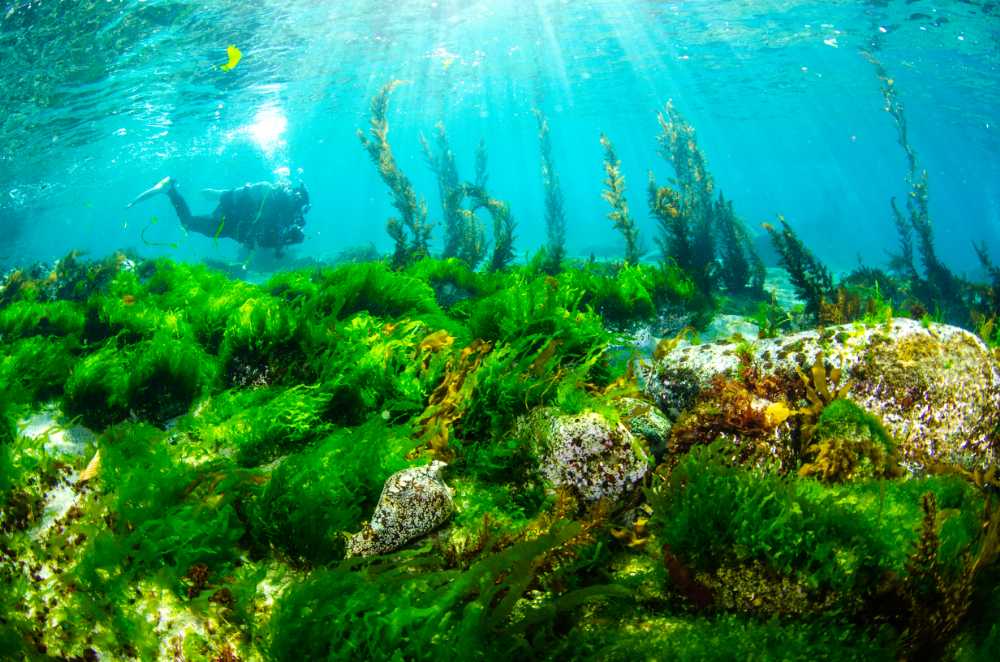
To coexist with the rich ocean forever
Miyako City, facing the Sanriku coast, suffered severe damage from the Great East Japan Earthquake that occurred on March 11, 2011. In the 12 years since then, Yasuaki Kagii, an underwater photographer who has been observing and photographing this ocean from fixed points, and Hiroshi Sato, representative of the Sanriku Volunteer Divers, who have been working hard to remove debris, will be giving this lecture. He will tell you his story at the meeting.
This event is sponsored by Miyako City. We asked Mr. Naomichi Nakamura, the chief of the Planning and Coordination Section, Planning Division, Miyako City Planning Department, what his intentions were when planning this project.
“As you can see from the map, Miyako City faces the sea, and we live off of what we receive from the sea.This lecture was intended to help people learn more about the sea. We have decided to have Mr. Kagii, an underwater photographer who has been photographing us since the earthquake, and Mr. Sato, a diving guide who is active in the Sanriku area, take the stage.
We usually eat fish and look at the seascape, but even Miyako residents don’t . For example, it is difficult to learn about environmental problems such as decreasing fish catches or sea denudation. We are also facing challenges with ALPS treated water. I planned this lecture because I wanted to create an opportunity to reconsider the benefits that Miyako City receives from the sea. We hope that many people, not just locals, will come and learn about Miyako’s sea .”
Mr. Nakamura says that he hopes to continue holding this event in the future, not just once. We hope that as many people as possible will participate in this first event.
Mr. Hiroshi Sato, who has lived with the sea of Sanriku
In January of this year, Mr. Sato was chosen as the first Japanese “Sea Hero” by the American monthly magazine “Scuba Diving Magazine.” He is a diver who grew up in the Sanriku sea and lives there. At the diving shop he runs, Michinoku Diving Rias, he advocates “satoumi diving,” and actively engages in diving that is beneficial to society and the environment. In addition, the NPO Sanriku Volunteer Divers, of which he is the representative, has been working on removing debris from the sea since immediately after the Great East Japan Earthquake.
“We have been working to restore the Sanriku sea for 12 years, and at the beginning of the earthquake, we continued to remove rubble, and now we are working on restoring seaweed beds as a countermeasure against rocky shores due to rising seawater temperatures. We will continue to connect our activities with the aim of achieving this goal, ” said Sato.
What does it mean to live by the sea of Sanriku, nestled in the sea of Sanriku? Mr. Sato talks about the voices from the field.
Yasuaki Kagii has been photographing since the earthquake.
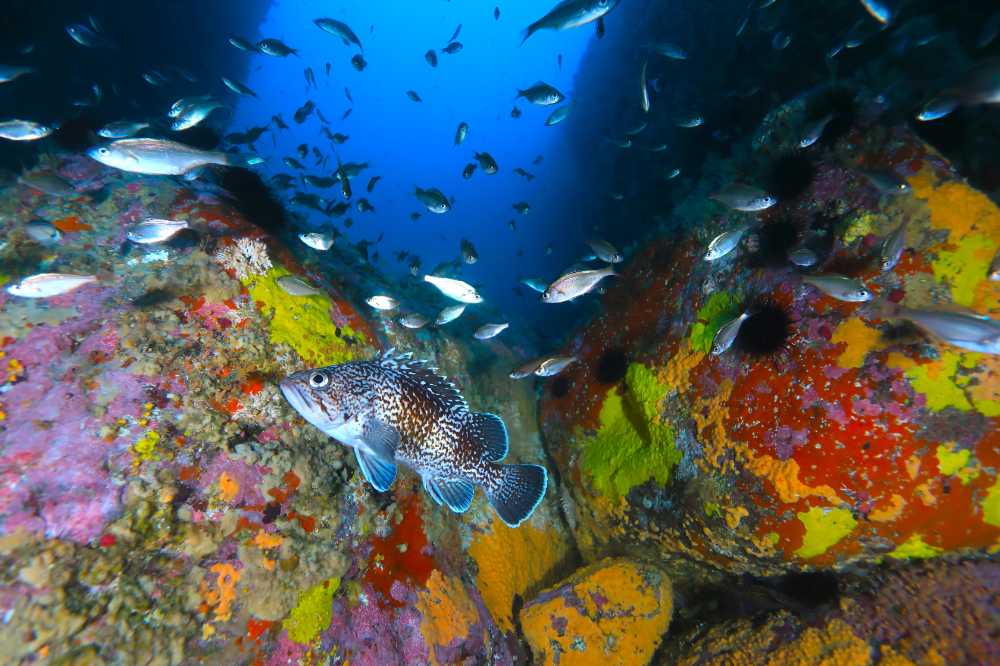
Mr. Kagii photographs the oceans not only in Japan but all over the world. Since the Great East Japan Earthquake, he has been documenting the seas of Iwate and Miyagi Prefectures, conveying the power of the sea and the power of life in an effort to restore the sea to its former beauty. Some of the debris left in the sea serves as a habitat for fish, and some of it is difficult to remove. Mr. Kagii talks about Miyako’s sea and marine debris problem after the earthquake as seen with the naked eye.
“Miyako City is a place where I have been photographing underwater for 12 years since the earthquake.Therefore , I would like to talk to local people about how the local sea has changed. ” said Kagii.
After the lecture, there will be time for a discussion and question and answer session between Mr. Sato and Mr. Kagii. If you participate, please feel free to ask questions.
A “sea photo exhibition” featuring Mr. Kagii’s works will also be held at the same time.
In conjunction with this lecture, a “sea photo exhibition” will be held from April 11th to 23rd to show the sea of Miyako that Kagii has continued to photograph since the earthquake.
According to Mr. Kagii, “This exhibit shows how living things come back after the earthquake,” which is very interesting. The location is the same citizen exchange center as the lecture venue. I would like to watch it together with the lecture.
This lecture is a rare chance to learn about the sea in Miyako, Iwate Prefecture, which has changed since the earthquake. I hope that many people, not just those in Tohoku, will participate.
Event details
[Lecture] Let’s protect the richness of the sea
Date and time: April 23, 2023 (Sunday) 13:30-16:20
Lecture 1: 13:40- Hiroshi Sato “Living in the Sanriku Sea”
Lecture 2:14: 40~ Yasuaki Kagii “Miyako’s sea and marine debris problem after experiencing the Great East Japan Earthquake”
Dialogue: 15:40~
Q&A: 16:10~
Location: Civic Exchange Center 2nd floor multipurpose hall
Capacity: 180 people
Admission fee: Free
*Advance registration Unnecessary[Photo Exhibition] Sea Photo Exhibition
Period: April 11th (Tuesday) to April 23rd (Sunday), 2023
Location: Citizens Exchange Center Floor
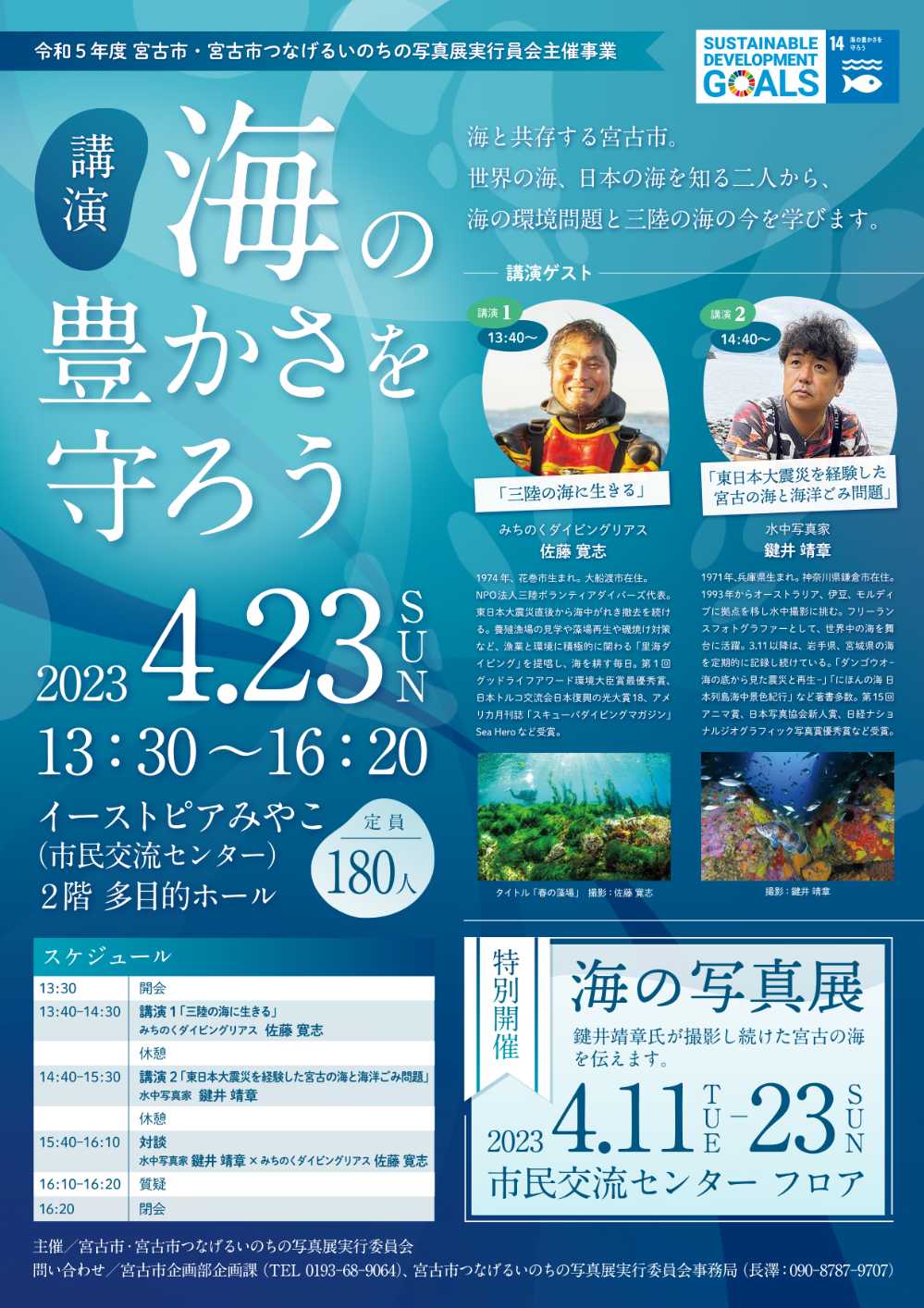
Inquiry
[Lecture] Miyako City Planning Department Planning Division Tel: 0193-68-9064
[Photo Exhibition] Miyako City Connecting Life Photo Exhibition Executive Committee Secretariat Nagasawa
Tel: 090-8787-9707 ▶ Click here
for related sites
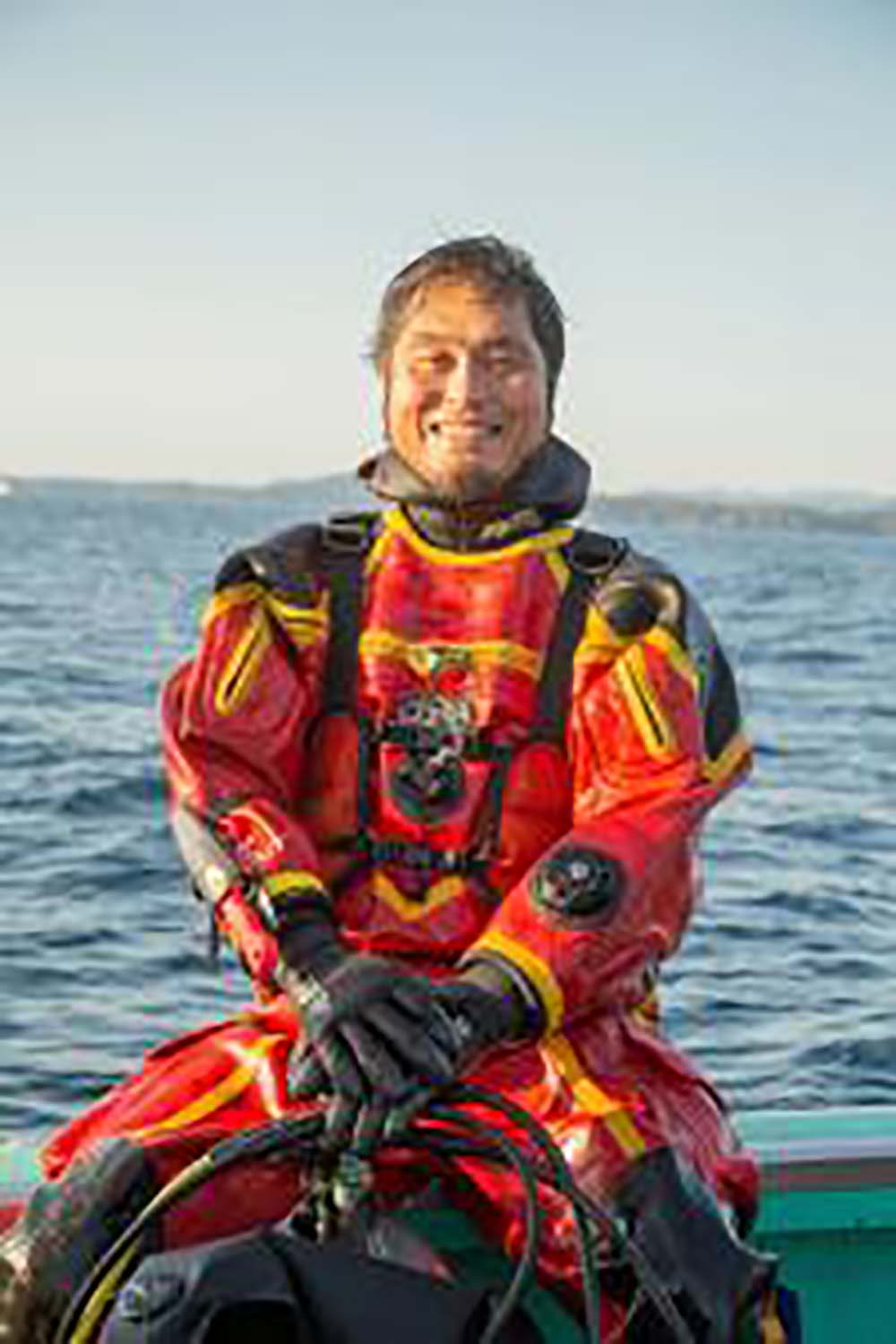
Hiroshi Sato
Born in Hanamaki City in 1974. Lives in Ofunato City.
He is the representative of the NPO Sanriku Volunteer Divers.
We have continued to remove underwater debris since immediately after the Great East Japan Earthquake.
He spends his days cultivating the sea, advocating “satoumi diving,” which actively involves fisheries and the environment, such as touring aquaculture farms, restoring seaweed beds, and taking measures against rocky shores.
He has won the 1st Good Life Award, the Minister of the Environment Award, the Japan-Turkey Exchange Association’s Japan Reconstruction Light Award, and the American monthly magazine “Scuba Diving Magazine”s Sea Hero.
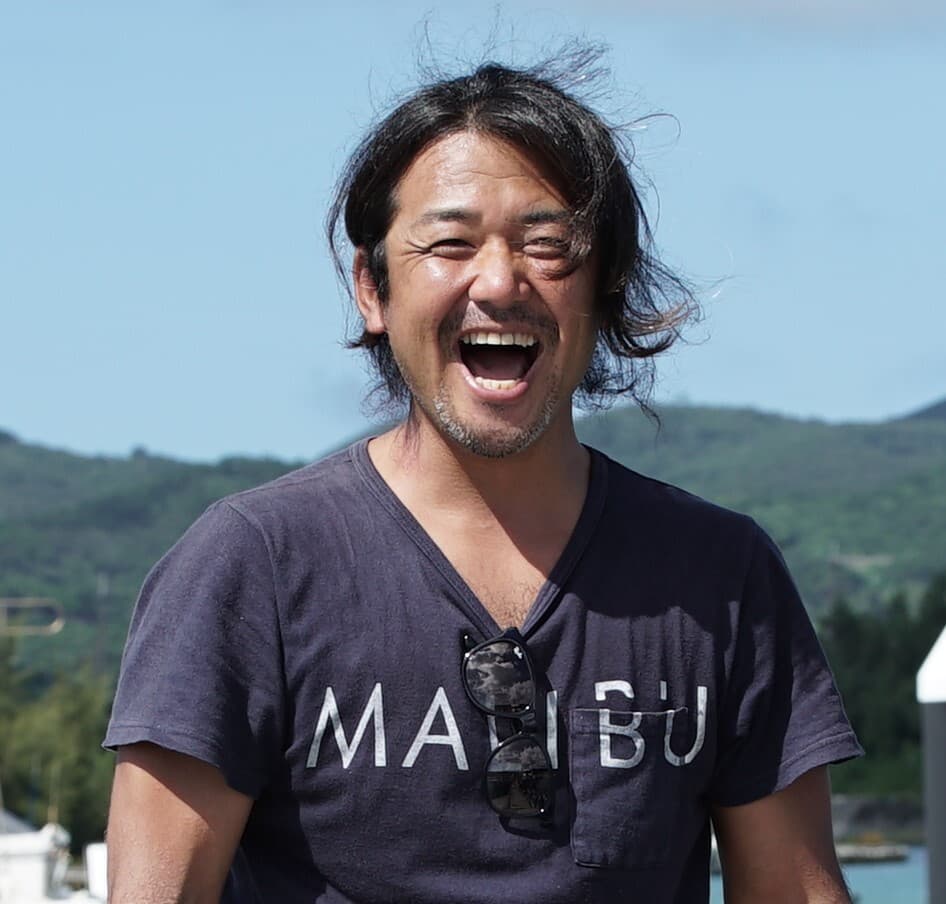
Underwater photographer Yasuaki Kagii
Born in Hyogo Prefecture in 1971. Since 1993, he has moved to Australia, Izu, and the Maldives, where he is devoted to underwater photography.
He returned to Japan in 1998 and became independent. He stays close to the rhythms of nature and tries to create a photography style that causes as little stress as possible on living things. His diverse perspectives and use of color are popular, and his bold and graphic underwater photographs captivate many people. On the other hand, since 3.11, we have been regularly recording life in the sea that has experienced the earthquake. His major photo books include “unknown” (published by Nikkei National Geographic) and “The Sea of Wonderland” (PIE International).
He has received numerous awards, including the 2013 and 2015 Nikkei National Geographic Excellence Awards. He has also appeared on TBS’s “Jonetsu Tairiku” and TBS’s “Crazy Journey.”

